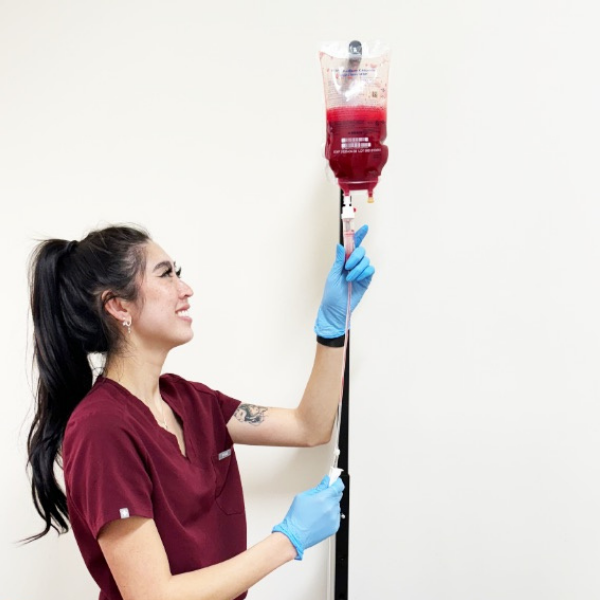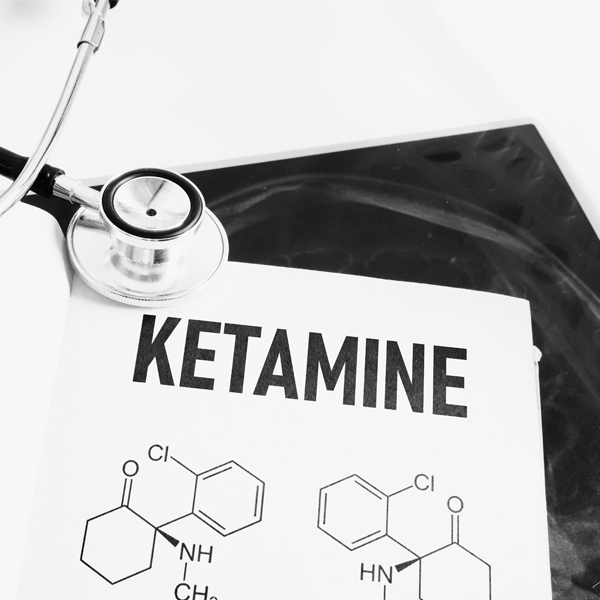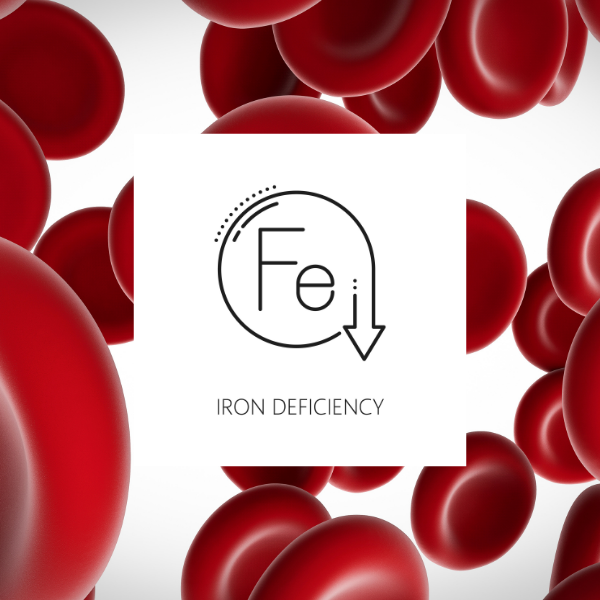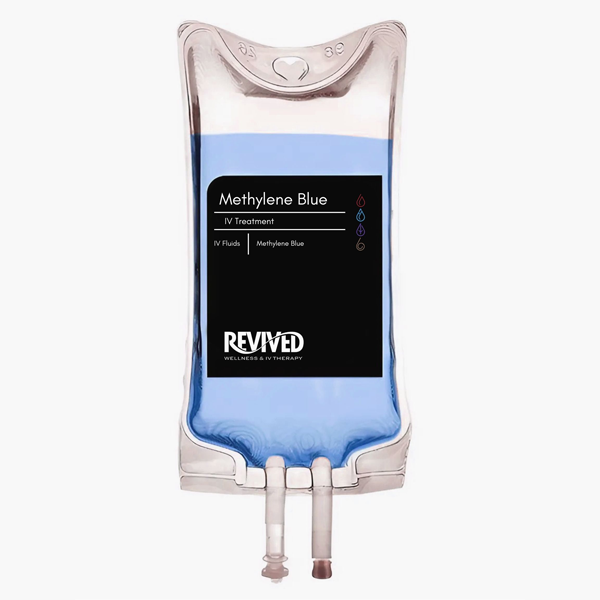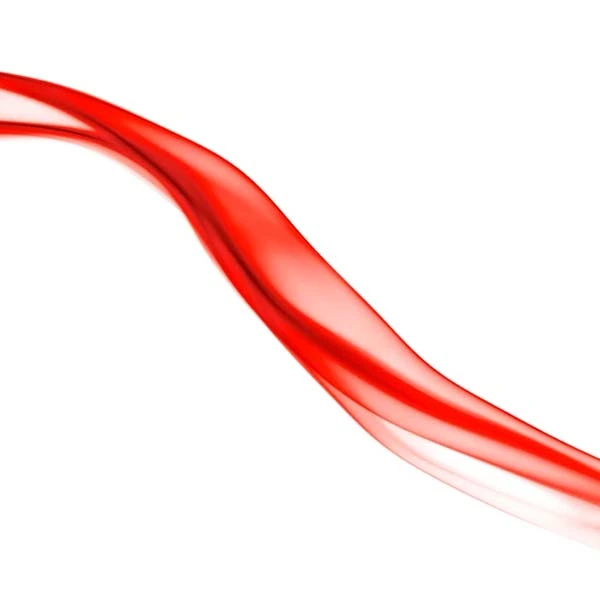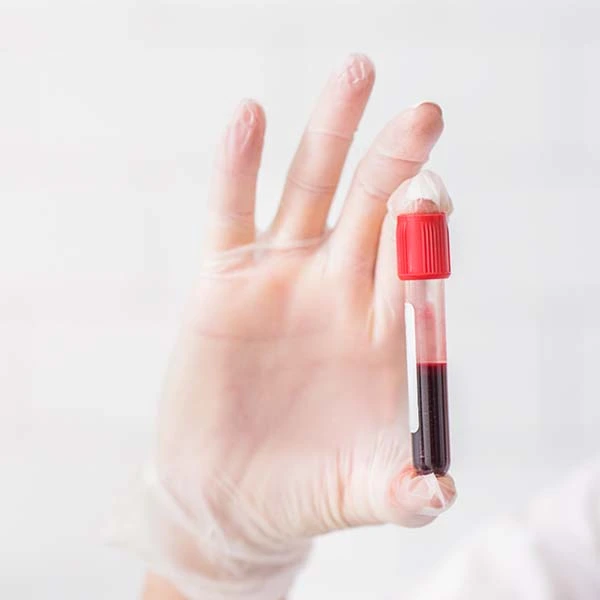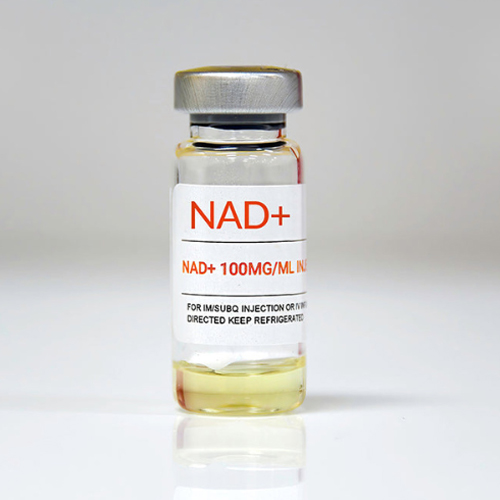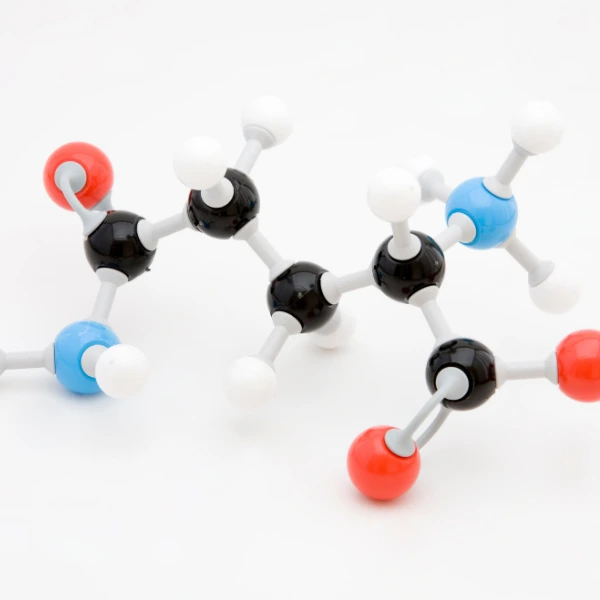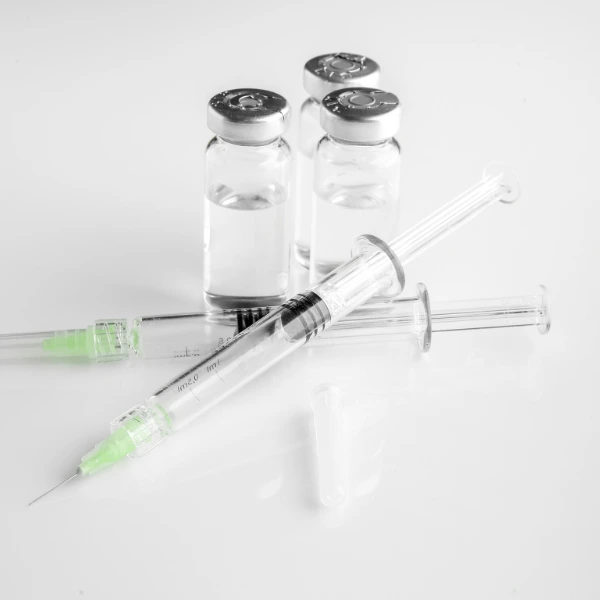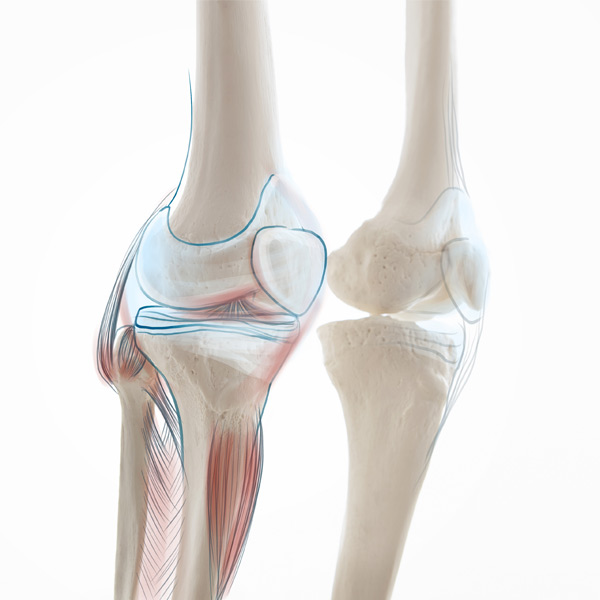Iron infusions are a common treatment for iron deficiency and iron deficiency anemia. They deliver iron directly into the bloodstream through an intravenous (IV) line, making them an effective way to quickly replenish iron levels. Various types of iron infusions are available, each with different compositions, uses, and administration methods. This blog will explore the different types of iron infusions, how they work, and what makes them suitable for specific health needs. Consult your doctor before starting any new therapy, including iron infusions, to ensure it is appropriate for your condition, according to the National Institutes of Health.
Why Are Iron Infusions Necessary?
Iron infusions are typically recommended when oral iron supplements are not effective or cannot be tolerated due to side effects such as nausea or constipation. Infusions are also used when there is a need for rapid replenishment of iron levels, such as before surgery or for those with chronic conditions that cause ongoing blood loss or impaired iron absorption, as noted by the Mayo Clinic.
Types of Iron Infusions
Various formulations of iron infusions are available, each designed to meet specific medical needs and patient preferences. Here are some of the most commonly used types:
- Iron Dextran (InFeD, Dexferrum)
Iron dextran is one of the oldest and most commonly used iron infusion types. It is suitable for treating iron deficiency anemia that has not responded to oral iron supplements. Iron dextran is administered in a diluted form and can be given as a slow IV infusion. One advantage of iron dextran is that it can deliver a large dose of iron in a single session, making it efficient for rapid iron replenishment. However, it requires a test dose before administration to monitor for allergic reactions, as there is a risk of hypersensitivity.
- Ferric Carboxymaltose (Injectafer)
Ferric carboxymaltose is a newer formulation of iron infusion that allows for higher doses to be administered over a shorter time. It is commonly used to treat iron deficiency anemia in patients with chronic kidney disease or inflammatory bowel disease. Ferric carboxymaltose is administered as a single or split dose, depending on the patient’s iron needs. It is known for having a lower risk of allergic reactions compared to iron dextran, making it a preferred option for some patients.
- Iron Sucrose (Venofer)
Iron sucrose is another widely used iron infusion that is often administered to patients with chronic kidney disease, including those on dialysis. It is administered in multiple small doses, which reduces the risk of side effects and allergic reactions. Iron sucrose is generally well-tolerated and has a lower incidence of adverse reactions compared to iron dextran. This makes it a suitable option for patients who require regular, ongoing iron supplementation.
- Ferric Gluconate (Ferrlecit)
Ferric gluconate is similar to iron sucrose in terms of safety and tolerability. It is commonly used in patients undergoing hemodialysis who require iron supplementation. Ferric gluconate is administered in multiple small doses over several sessions, which helps minimize the risk of side effects. This type of iron infusion is effective in increasing hemoglobin levels and replenishing iron stores without causing significant discomfort or allergic reactions.
- Ferumoxytol (Feraheme)
Ferumoxytol is a newer iron infusion formulation that is approved for use in patients with chronic kidney disease. It allows for the rapid administration of a large dose of iron over a short period. Ferumoxytol is typically given as two doses a few days apart. It is effective in quickly replenishing iron levels and improving symptoms of iron deficiency anemia. However, like iron dextran, it requires monitoring for potential allergic reactions, according to the American Society of Nephrology.
Choosing the Right Type of Iron Infusion
The choice of iron infusion type depends on various factors, including the patient’s medical condition, severity of iron deficiency, previous responses to iron therapy, and risk of allergic reactions. Healthcare providers will evaluate these factors when recommending a specific type of iron infusion. Each formulation has unique benefits and potential risks, making personalized care and medical guidance essential for safe and effective treatment.
Potential Side Effects of Iron Infusions
While iron infusions are generally safe, some side effects may occur, including headaches, dizziness, nausea, muscle cramps, and temporary changes in taste. Severe allergic reactions are rare but possible, particularly with iron dextran and ferumoxytol. It is important for patients to discuss any allergies or previous reactions with their healthcare provider before starting iron infusion therapy.
Revived IV Therapy: Supporting Your Health in Houston
At Revived IV Therapy in Houston, we offer various types of iron infusion therapy to help manage iron deficiency and support overall health. Our experienced medical professionals provide personalized care to ensure each patient receives the most effective treatment tailored to their needs. Whether you require rapid iron replenishment or ongoing iron support, Revived IV Therapy is here to help. Contact us today to learn more about our iron infusion options and how they can benefit your health and well-being.


